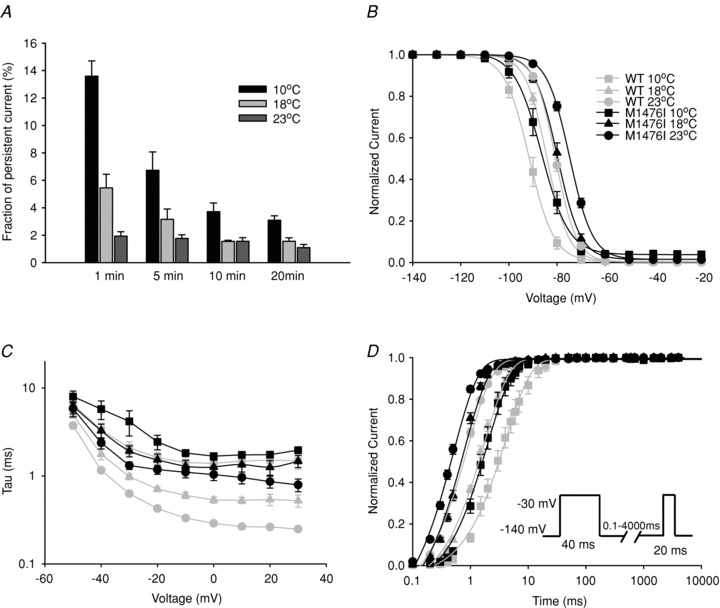Figure 5. Effects of temperature on WT and M1476I channels.

A, histogram showing the amplitudes of the persistent currents of M1476I channels recorded at different time points (1 min, 5 min, 10 min and 20 min) after the whole-cell configuration was established at 10°C, 18°C and 23°C. The persistent currents of the M1476I channel appeared to run down and then become stable 10 min after the whole-cell configuration was established. The effects of cooling on steady-state inactivation, the decay kinetics of the Na+ current, and the recovery from inactivation are shown in B, C, and D. The functional properties at room temperature (23°C) (WT: ○; M1476I: •) are also shown in order to compare the changes caused by lowering the temperature to 10°C (WT: □; M1476I: ▪) or 18°C (WT: ▵; M1476I: ▴). The voltage dependence of steady-state fast inactivation of WT and M1476I channels at different temperatures was recorded using the protocol in Fig. 2B. V1/2 and kv inactivation values are listed in Table 1. C, voltage-dependent time constants of inactivation of WT and M1476I channels at 10°C, 18°C and 23°C. The time course of the current decay elicited at depolarized voltages was best fitted to a single exponential function, and the resulting time constants were plotted versus voltage. D, recovery from inactivation with a 40 ms conditioning pulse at 10°C, 18°C and 23°C. The protocol is shown in the inset, and values of time constants are listed in Table 1.
